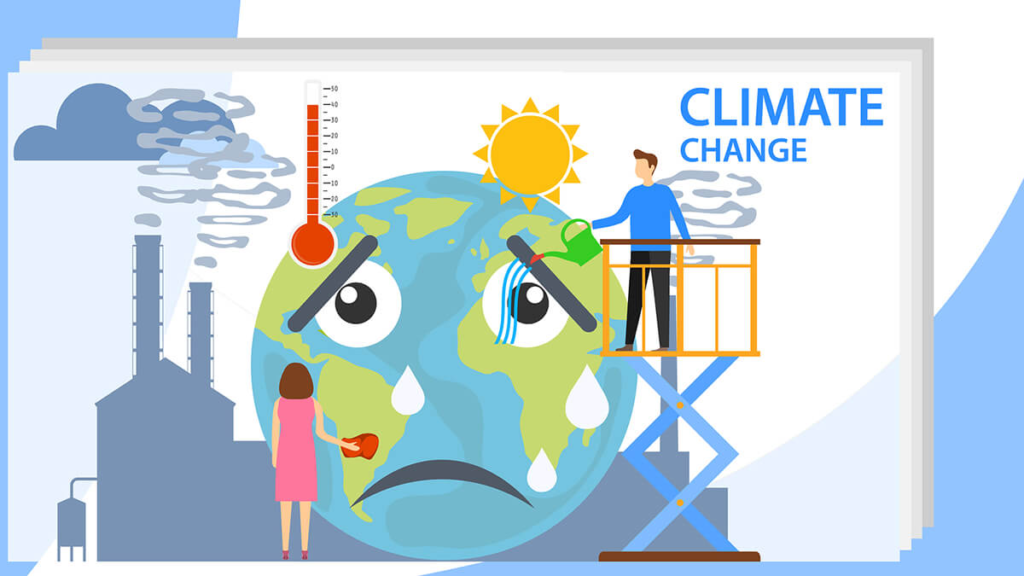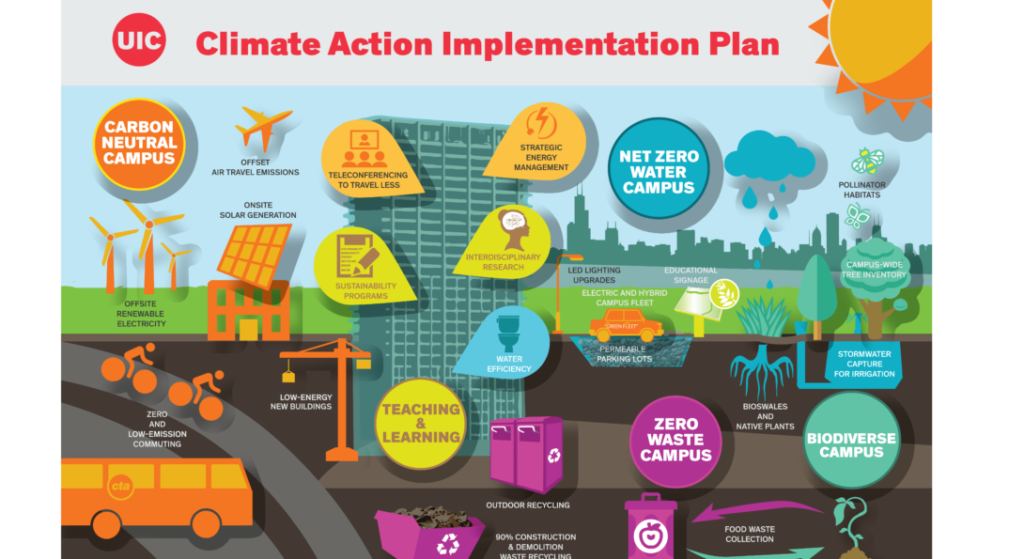U.S. climate change adaptation has become one of the most important policy challenges of our time. With stronger hurricanes, longer wildfire seasons, rising sea levels, and more frequent flooding, the nation faces costly and life-threatening impacts. These events highlight both the strengths and shortcomings of U.S. preparedness. At the same time, the strategies developed in America offer lessons that other nations can use as they confront similar risks.
Adaptation is different from mitigation. While mitigation focuses on cutting greenhouse gas emissions, adaptation deals with the unavoidable effects of climate change already underway. In the United States, adaptation involves new infrastructure, disaster planning, land management, and community resilience. The way the U.S. responds to these threats shapes not only its own future but also provides insight for the global community.
What Climate Change Adaptation Means
Adaptation refers to adjustments in natural, social, and economic systems in response to actual or expected climate impacts. For the U.S., this means preparing for stronger storms, hotter summers, longer droughts, and rising seas.
Examples of adaptation include:
- Building flood-resistant infrastructure
- Restoring wetlands and forests as natural barriers
- Strengthening disaster response systems
- Supporting climate-resilient agriculture
- Planning for long-term relocation in coastal areas
Adaptation policies are made at federal, state, and local levels. While progress has been made, the pace of climate change often outstrips the speed of adaptation efforts.

Hurricanes and Coastal Protection
Hurricanes illustrate the growing risks of climate change in the U.S. Warmer oceans and rising seas intensify storm surges and flooding. Communities along the Gulf Coast and Atlantic seaboard have seen billions of dollars in damages.
The U.S. response combines traditional engineering with natural solutions. Levees, seawalls, and elevated housing provide protection, while restoring wetlands and barrier islands helps reduce storm impacts.
The experience of New Orleans after Hurricane Katrina showed the dangers of weak protection systems. Since then, massive investments in flood defenses have made the city more resilient. Other cities like Miami and Houston are also incorporating future climate risks into their urban planning. Globally, these efforts demonstrate the value of using both infrastructure and natural defenses together.
Wildfires and Land Management
Wildfires are another major challenge, especially in the western United States. Warmer temperatures, prolonged droughts, and dense forests have created conditions for large and destructive fires. California, Oregon, and Colorado have faced significant losses of lives, property, and ecosystems.
Adaptation strategies include controlled burns to clear excess vegetation, stricter building codes for homes in fire-prone areas, and early warning systems to improve evacuation. Some states are also educating communities about defensible spaces around houses to limit damage.
The U.S. approach shows that proactive land management and community preparedness are essential. These lessons apply globally, as regions like Australia and southern Europe face similar wildfire risks.
Sea Level Rise and Coastal Retreat
Sea level rise is a slower but equally serious threat. Coastal areas such as Florida and Louisiana already experience flooding during high tides, often called “sunny day flooding.”
Adaptation measures include raising roads, improving drainage, and installing pumps. Some cities are considering managed retreat, where communities gradually relocate from high-risk areas. While politically difficult, retreat may be necessary where protective measures become too expensive.
The global lesson from the U.S. is that planning for sea level rise requires both technical solutions and tough political decisions. It also requires community participation to make relocation strategies fair and effective.
Agriculture and Water Resources
Climate change affects U.S. agriculture and water supplies. Heat waves, shifting rainfall, and droughts place stress on farmers and water systems. The Colorado River, which supplies water to millions of people, faces historically low levels due to reduced snowpack and overuse.
Adaptation measures include developing drought-resistant crops, improving irrigation systems, and creating agreements to share water fairly between states. Federal programs also provide financial support to farmers adapting to new climate conditions.
For countries facing food and water insecurity, U.S. strategies show the importance of combining new technologies with cooperative water management.
Federal, State, and Local Roles
Adaptation in the U.S. involves many layers of government rather than one central authority.
- The Federal Emergency Management Agency (FEMA) leads disaster preparedness and recovery.
- The National Oceanic and Atmospheric Administration (NOAA) provides data and forecasts.
- The U.S. Army Corps of Engineers builds flood control and coastal protection projects.
- State and local governments adapt policies to meet local needs.
This decentralized approach allows flexibility but also creates uneven progress. Wealthier areas often adapt more quickly than poorer communities, raising questions of fairness.
Funding and Climate Justice
Financing adaptation is one of the toughest challenges. Building seawalls, improving drainage, or reducing wildfire risks all require large investments. Federal funds are available, but local governments often face budget shortfalls. Insurance systems are also under pressure as disasters grow more costly.
Equity is a central issue. Low-income communities, Indigenous peoples, and marginalized groups often face the greatest risks but have the fewest resources for adaptation. U.S. policies are increasingly trying to address these inequalities. This emphasis on climate justice provides an important model for the rest of the world.

Technology and Innovation
Technology plays a key role in adaptation efforts. Satellites and climate models help forecast risks. Smart grids improve energy resilience during storms. New building materials allow infrastructure to withstand heat and floods.
Partnerships between the public and private sectors are driving innovation. Companies are developing flood monitoring tools, wildfire detection systems, and climate-resilient crops. These efforts show that adaptation is not just a challenge but also an opportunity for economic growth and innovation.
Global Lessons from the U.S.
Although the U.S. faces unique challenges, its experience provides lessons that can guide other nations.
- Combine hard engineering with natural defenses.
- Focus on preparation, not only recovery.
- Make equity a core part of adaptation strategies.
- Encourage technology and innovation.
- Plan for the long term, especially for sea level rise.
Conclusion
U.S. climate change adaptation is a work in progress. The country faces major challenges from hurricanes, wildfires, sea level rise, and stressed water systems. While adaptation is uneven and often expensive, important progress has been made. The U.S. approach combines infrastructure, natural solutions, technology, and growing attention to climate justice.
For the global community, the U.S. experience offers valuable lessons. Adaptation is not optional; it is essential. The choices made today, in the United States and elsewhere, will shape the resilience of societies in the decades ahead.
Do Follow USA Glory On Instagram
Read Next – U.S. Space Policy: Commerce, Security, and Exploration






